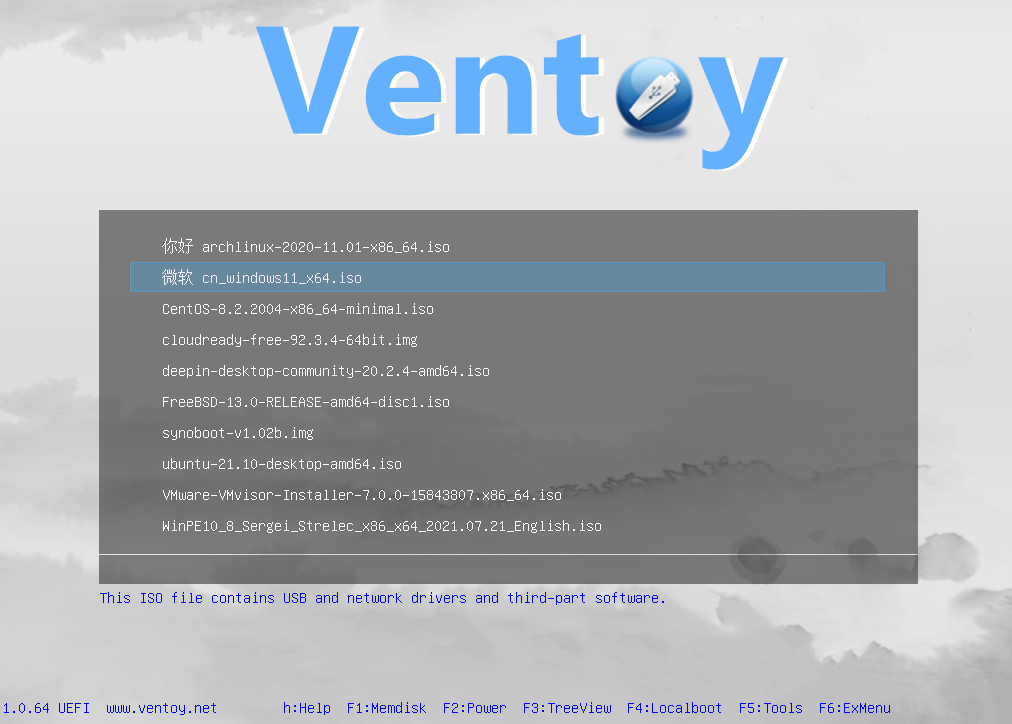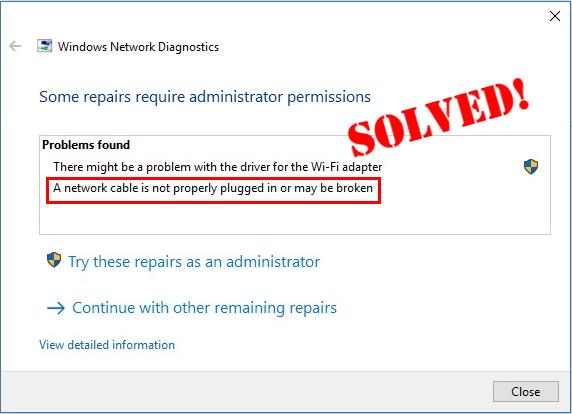

- Easy to boot but into to network how to#
- Easy to boot but into to network install#
- Easy to boot but into to network iso#
- Easy to boot but into to network Offline#
Access the WinPE & Setup menu and boot into the Windows menu that you integrated in step 1.
Easy to boot but into to network iso#
Run AIOCreator.exe and integrate Windows ISO file into AIO Boot. Only support Windows 7, 8, 8.1, Windows 10, does not support Windows XP.
Easy to boot but into to network install#
Since AIO Boot v0.9.7.5, you can install Windows from network boot using the Windows Installer. Here are step by step:

Easy to boot but into to network Offline#
After reconfiguring, click the Offline and Online buttons for the changes to take effect.įor Linux distributions like Ubuntu, Debian, I use FreeNFS to create NFS servers.UEFI 32-bit: ipxe32.efi, snponl圓2.efi and intel32.efi.UEFI 64-bit: ipxe64.efi, snponly64.efi and intel64.efi.Legacy: undionly.kpxe, undionly.kkpxe, ipxe.pxe and intel.pxe.Filename: Boot file of iPXE, you can choose another boot file in the /AIO folder if the current file does not work on the client.You need to select the correct IP address in the same local area network of the clients. This list contains the IP addresses of network adapters (including VirtualBox and VMware). Option 54 (DHCP Server): The IP address of the computer running Tiny PXE Server.If the configuration is not correct, reconfigure it. Tiny PXE Server will run and be preconfigured. AIO Boot uses iPXE as boot loader, which supports both legacy BIOS and UEFI (32-bit and 64-bit) modes. Run AIOCreator.exe, select Run PXE and select mode to run Tiny PXE Server. You just need a computer to do all this.ĪIO Boot uses Tiny PXE Server to create PXE server and DHCP server. To boot from LAN, you need to have a PXE server, a DHCP server, and a server to share files. If the data transfer rate in your LAN is slower than the read/write speed of boot devices such as USB, HDD or DVD, the speed is the downside of this method.ĪIO Boot supports Windows installation from network boot. You can install Windows by integrating ISO and using the Windows Installer or booting into WinPE and installing Windows manually. Most Linux distributions like Ubuntu, Debian, Linux Mint, Arch Linux are also supported. If you boot from the LAN, the boot loader and operating systems will download the necessary files from the LAN. The advantage of network booting is that you will not need to attach boot devices to clients (except cables). If you boot from USB, boot loader and operating systems will use the files on USB. You just need a computer to replace the other bootable devices like USB, HDD and DVD… Of course, clients need to have a local area network connection with the server and have network boot support. It supports you to do a lot of work such as installing OS, running tools to Ghost, managing partitions, backup and recovery. Since the early versions of AIO Boot, this tool has supported booting from the LAN.
Easy to boot but into to network how to#
This article will guide you how to install OS through Network boot. Boot from LAN is really useful if you have lots of computers.


 0 kommentar(er)
0 kommentar(er)
